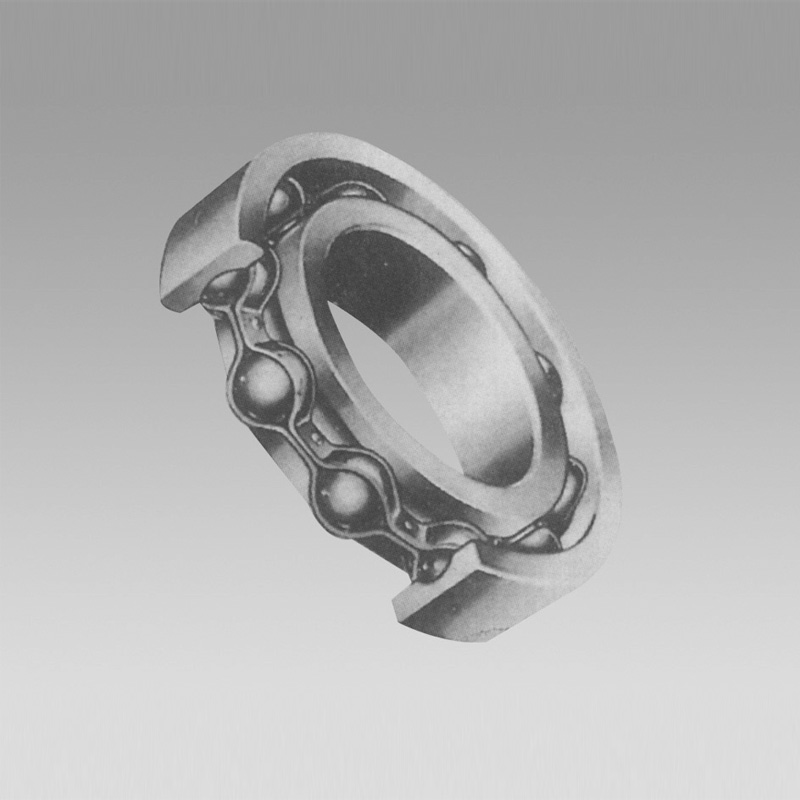
10 月 . 04, 2024 23:24 Back to list
cylindrical rolling bearing
Understanding Cylindrical Rolling Bearings Design, Function, and Applications
Cylindrical rolling bearings are essential components widely utilized in various mechanical systems, providing critical support and enabling efficient rotational motion. Their design and functionality have evolved over time, catering to the increasing demands in industries such as automotive, aerospace, and manufacturing. This article delves into the intricacies of cylindrical rolling bearings, exploring their types, composition, benefits, and applications.
What are Cylindrical Rolling Bearings?
Cylindrical rolling bearings consist of inner and outer rings with rollers positioned between them. The rollers are typically cylindrical in shape, which allows them to support radial loads effectively. The load distribution is uniform due to the large contact area between the rollers and the raceway, reducing stress concentrations and extending the component's lifespan. These bearings can accommodate both radial loads and axial loads, making them versatile in various applications.
Types of Cylindrical Rolling Bearings
Cylindrical rolling bearings can be categorized into different types based on their configurations
1. Single-Row Cylindrical Roller Bearings These bearings have one row of rollers and are commonly used in applications with high radial loads. They provide high rigidity and can accommodate some axial displacement.
2. Multi-Row Cylindrical Roller Bearings These bearings consist of multiple rows of rollers and are suitable for heavy-duty applications, such as in construction machinery and large motors.
3. Cylindrical Roller Bearings with Cage This design features a cage or separator to maintain even spacing between the rollers, reducing friction and allowing for higher speeds.
4. Full Complement Cylindrical Roller Bearings These bearings do not have a cage, allowing for maximum rolling elements. They can handle significant loads but are limited in speed due to increased friction.
Key Design Features
The key components of cylindrical rolling bearings include
- Raceways The inner and outer rings feature raceways where the rollers make contact
. The geometry of the raceways affects the bearing’s load-carrying capacity and overall performance.- Rollers The rollers are manufactured from high-quality materials like chromium steel, which enhances their wear resistance. Different roller designs, such as crowned or tapered, can optimize performance based on specific operational conditions.
cylindrical rolling bearing

- Cages Cages are employed to hold the rollers in place, reducing friction and preventing roller clashing. The cage design can significantly influence the bearing's speed and longevity.
Benefits of Using Cylindrical Rolling Bearings
Cylindrical rolling bearings offer several advantages, making them a popular choice in various applications
- High Load Capacity These bearings excel in handling high radial and axial loads, making them suitable for heavy machinery.
- Low Friction The rolling motion of the cylindrical rollers generates less friction compared to sliding elements, resulting in energy efficiency.
- Durability With proper lubrication and maintenance, cylindrical rolling bearings can operate reliably for extended periods, reducing downtime in industrial processes.
- Versatility Their ability to accommodate both types of loads allows them to be used in a diverse range of applications, from automotive transmissions to wind turbines.
Applications of Cylindrical Rolling Bearings
Cylindrical rolling bearings find uses in a myriad of applications, including
- Automotive Industry They are commonly found in gearboxes, electric motors, and other rotating assemblies, providing smooth operation and reliability.
- Industrial Machinery These bearings support various machines, including pumps, compressors, and conveyors, ensuring optimal performance under heavy loads.
- Aerospace In the aerospace sector, cylindrical rolling bearings are crucial for engines and auxiliary systems, where performance and reliability are paramount.
Conclusion
Cylindrical rolling bearings play a pivotal role in modern engineering applications. Their robust design, efficient load handling capabilities, and versatility make them indispensable in many mechanical systems. As technology continues to advance, the development of high-performance materials and innovative designs will further enhance the efficiency and lifespan of cylindrical rolling bearings, solidifying their importance across industries. Understanding their function and applications is crucial for engineers and manufacturers aiming to optimize performance and reliability in their designs.
Latest news
-
Unlocking Efficiency with Spherical Roller Bearings
NewsOct.29,2024
-
The Ultimate Guide to Thrust Ball Bearings
NewsOct.29,2024
-
The Power of Thrust Roller Bearings: Engineered for Excellence
NewsOct.29,2024
-
The Power of Deep Groove Ball Bearings for Your Application Needs!
NewsOct.29,2024
-
The Power and Performance of Cylindrical Roller Bearings
NewsOct.29,2024
-
High-Quality Ball Bearing Manufacturing Machines
NewsOct.29,2024
